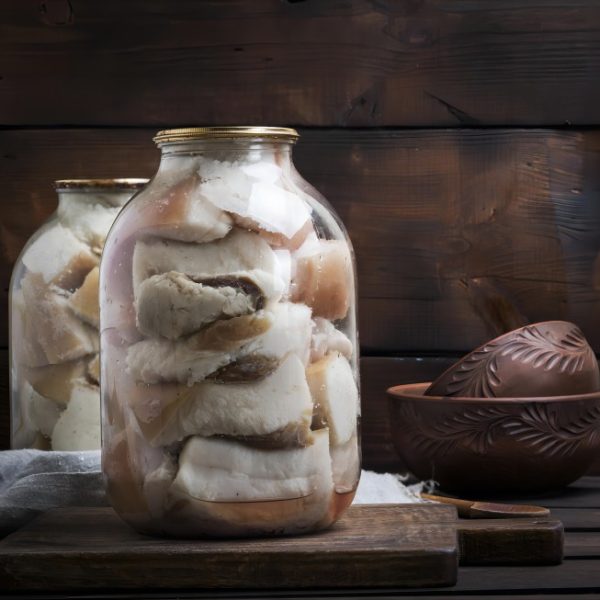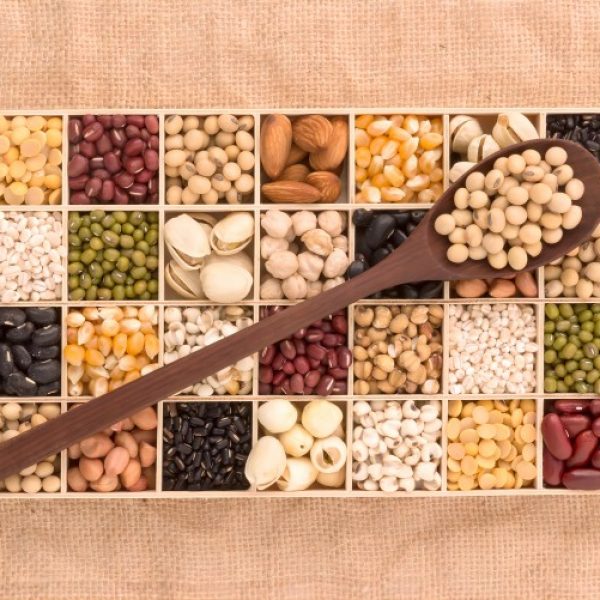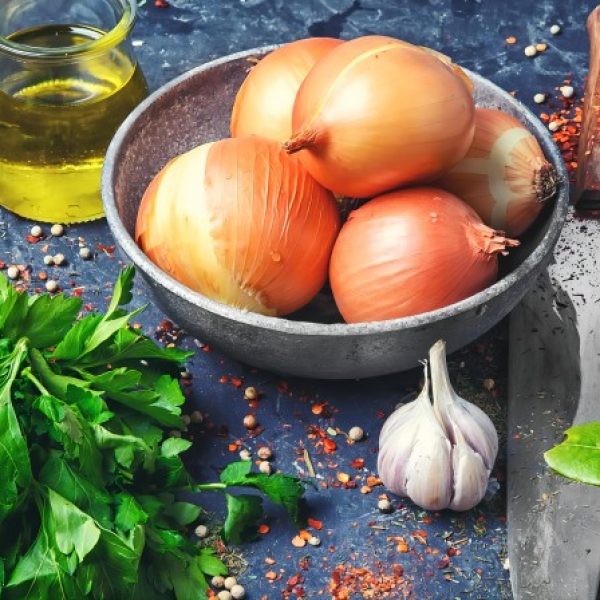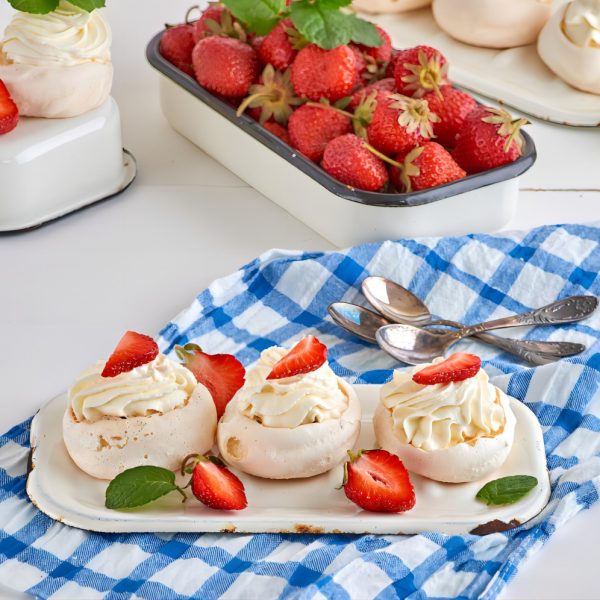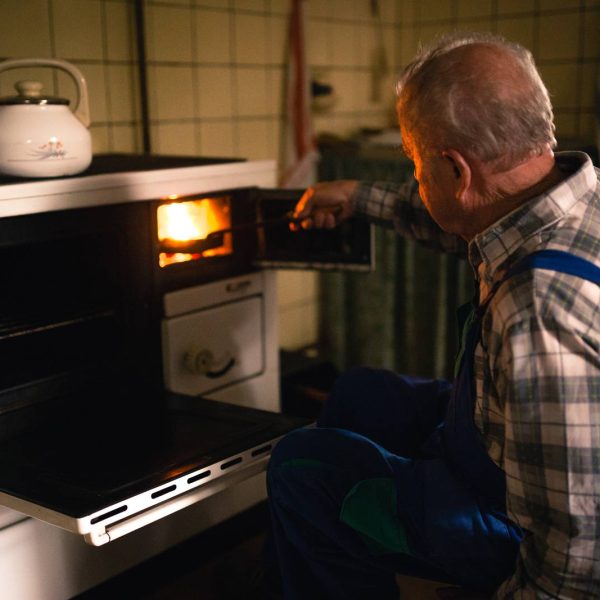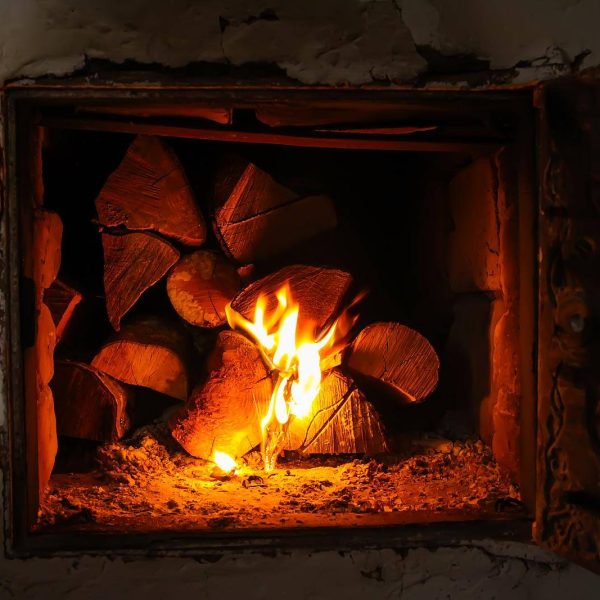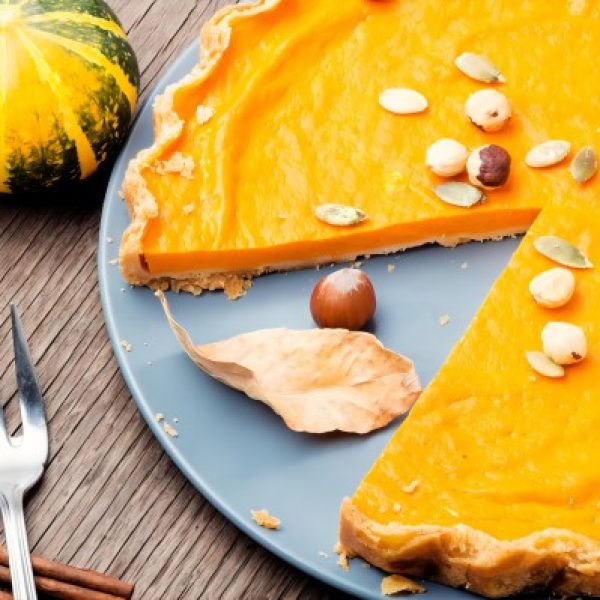Convection cooking allows you to explore and develop your baking and roasting skills. It assists those who enjoy learning from scratch. Professional chefs use convectional ovens, yet it’s simple to master with the proper assistance.
Convection oven baking has a consistent fan speed allowing for even airflow and heat. Therefore, moisture from pastries and cookies is drawn out at a steady rate, with light, fluffy results. Convection roasting airflow directly targets the food, and the heat fluctuates. Roasts are tender and crisp.
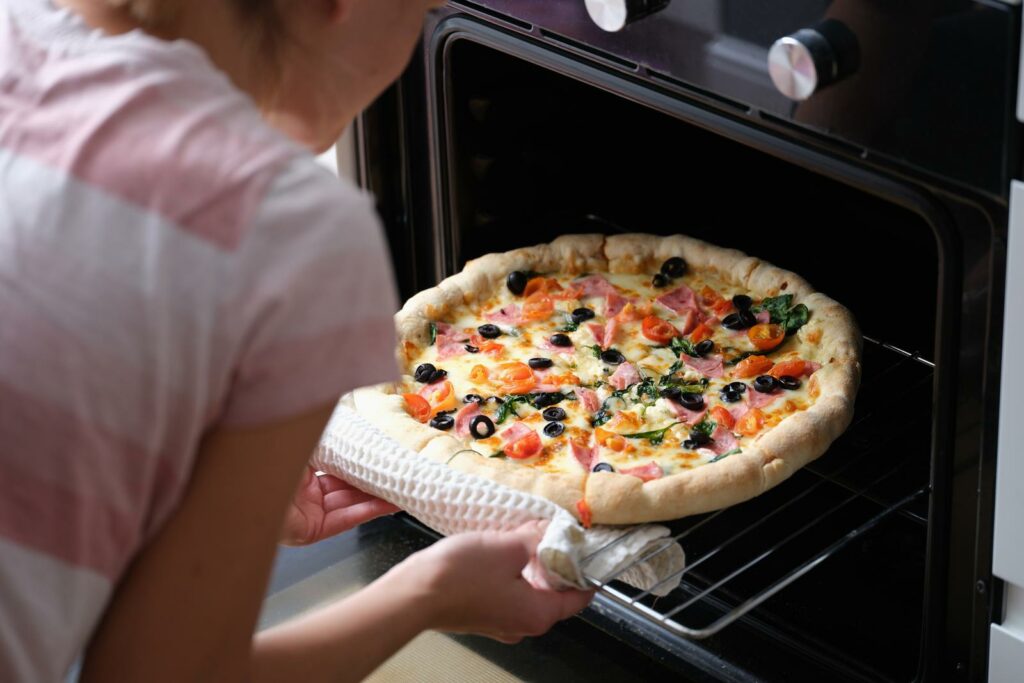
A convection/fan oven comes with many different settings and controls. It can be overwhelming at first. This article is a simple, practical guide to assist you in deciding when to use convection/fan cooking for baking or roasting a meal.
When to Use Convection/Fan Bake Vs. Roast
Essentially, baking is faster with a fan oven. The food is exposed to uniform heat. Roasting is slower, but you can get a delicious, crunchy top layer of meat. Convection baking can be used for regular baking recipes.
Keeping the oven’s heat speed in mind is essential, particularly with delicate foods. Adjust the time and temperatures accordingly.
Convection roasting is ideal for poultry, meat, potatoes, and mixed vegetables. Convection roasting is faster than a traditional oven. The force of hot air retains the moisture in the roast, resulting in tender, juicer meat or soft potatoes with a crisp surface.
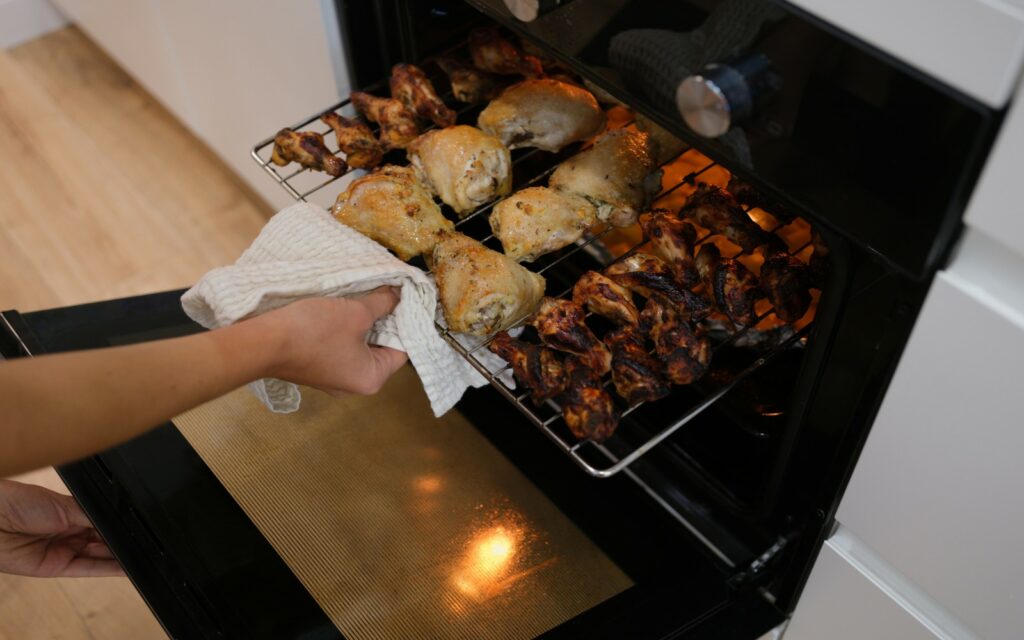
Be cautious with ribs and turkey, as the top heating coils or elements may brown the meat surface too fast. Some convection ovens have an auto-roast feature. This control automatically sets the oven at a high temperature (450°F) for a short period, sealing and searing the meat perfectly. The stove automatically returns to the average roasting temperature.
A general guideline for a convection/fan oven is to set the temperature 25°F lower than stated in a recipe. That is, reduce the temperature by 25% required by conventional ovens. For example, if a recipe says to cook at a specified temperature like 375°F, lower that to 350°F. Regularly check your food to ensure it doesn’t overcook.
Frequently, convection/fan ovens automatically adjust the settings. If you’re new to this cooking method, review the controls to ensure the set features are correct. Some ovens will convert the temperature without your knowledge.
Convection/Fan Cooking- Pros
- Food baked or roasted in a convection oven is cooked to the core
- It’s energy efficient
- Food is cooked faster at a lower temperature
- Food doesn’t need to be preheated- except for yeast mixtures and puff pastry, as these require instant heat
Convection/Fan Cooking- Cons
- Loud
- Expensive
- General recipes only need regular oven heating
- A convection oven may be an unnecessary luxury
Both convection baking and roasting are better alternatives to conventional cooking. Additionally, the increase in speed and efficiency saves electricity and the environment. It takes some practice and time to familiarize yourself with the many features of a convection oven. However, it’s worth it.
When to Use Convection Bake
Baking with a convection oven is preferred for traditional recipes. It guarantees consistent results and therefore feels like a safer option. Additionally, convection baking removes the need for rotating baking trays, as the heat is circulated evenly to all baking fares at a consistent temperature.
Convection cooking is ideal if you want your food to have a brown, crisp surface, like bread or roast. Additionally, this type of bake allows for fluffier, flaking results. This is due to the air current maintained at a consistent fan speed that will draw out the moisture of bread, cookies, croissants, and cakes. Leaving crisp, fluffy pastries and lightly textured, flaky crusts.
Baking batch cookies typically are best in a convection oven. However, remember that food closest to the heating element will cook faster, so it’s essential to swap this tray with the one furthest away halfway through the baking time.
Some convection ovens are equipped with an intensive bake feature. Intensive bake uses heated fan air with a higher heat output from the bottom coil. Additionally, it combines a lower heat output from the top element. This is the ideal formula for a crisp base and moist surface. As a result, pizzas, tarts, and quiches are baked with guaranteed delicious results.
When to Not Use a Convection Oven
The forced hot air of a fan bake is harsh. This rapid propelling of heated air can ruin your final product. Therefore, this isn’t a good option for flimsy food like cakes, quick bread, souffle, and custards.
Forced air baking tends to dry out food like pies, and fragile food will collapse, shift, splatter, or tear. This could also apply to some cookies. However, generally, convection ovens are great for baking cookie batches.
Essentially, convection heating isn’t ideal for anything that begins in a liquid form and maintains a delicate texture. The push of hot air will form lumps and slops. You’ll probably get the same result for a covered dish. Additionally, the convection baking method doesn’t effectively caramelize food.
Is Convection Baking the Same as Fan Baking?
Yes, convection baking is another term for fan baking. There are usually one or two interior fans at the back of the oven. The fan forces the heat directly onto the food. Therefore, it’s also called a forced-air oven.
A convection/fan oven has an exhaust system, which releases cool air, further assisting hot air circulation. The technological design of these ovens is sophisticated and efficient.
The Difference Between Conventional and Convection Ovens
Conventional ovens have the same heating elements or coils as convection/fan ovens. Yet, conventional ovens don’t have fans and aren’t loud.
Conventional heating relies on radiant heat, while a fan oven depends on the forced, direct application of heated air. Radiant heat is generated from an electric heating element or an open flame in gas-powered ovens.
The heat in the small space of a conventional oven naturally moves to colder areas over time. As a result, the cooked food from a traditional oven is sometimes unevenly cooked with irregular hotspots. Cooking takes longer and isn’t as energy efficient as the fan oven.
The Difference between Convection/Fan Baking and Roast
The main difference between convection bake and roasting is heat supply. Roasting is slower than baking and offers a direct heat supply. Whereas in baking, the air circulates evenly.
During convection baking, the fan (or fans) situated at the back of the oven pushes air, warmed by heating elements placed at the bottom or sides of the oven. The fan oven has both baking and broiler coils.
Baking has more stabilized temperatures, and this causes the dough to rise at the right speed and size. Roasting alternates between baking and broil heating. This alternating method isn’t as stable as baking. However, the roasted food browns perfectly.
Heat distributed from the bottom doesn’t allow the food to brown. Depending on the desired outcome of your food, surface browning is optional and can be set to your preference.
Essentially, convection baking is stable and even- promoting safe, reliable cooking. On the other hand, convection roasting is more abrupt with fluctuating temperature exchange.
When acquiring a convection/fan oven, ensure that there are three heating elements for exceptional results.
Roasting, Baking Methods with a Fan Oven
The following sections and tables are a quick guide for preparing different roasts and baked goods with a convection/fan oven.
Roasting a Poultry with a Convection Oven
| Poultry | Temperature | Cooking Time | Preheating | Shelf Position |
| Chicken, Almond & Spinach Cannelloni |
Fan Heat 400°F |
25 – 30 Minutes |
No |
First |
| Chicken & Courgette Risotto |
Fan Heat 375°F |
One Hour |
No |
First |
| Thai Red Chicken Curry |
Fan Heat 350°F |
20 Minutes |
No |
First |
| Roast Goose
with Gooseberry Sauce |
Fan Heat 310°F |
Two Hours and 45 Minutes –
Three Hours |
No |
First |
| Braised Pheasants in Chestnut Mushroom Sauce |
Fan Heat 325°F |
One Hour
and 30 Minutes |
No |
First |
Baking a Cake with a Convection Oven
| Type of Cake | Temperature | Cooking Time | Preheating | Shelf Position |
| Madeira Cake | Fan Heat 300°F | 55 – 65 Minutes | No | First |
| Eccles Cake | Fan Heat 400°F | 12 – 15 Minutes | Yes | Second |
| Fresh Lemon Cake | Fan Heat 310°F | 55 – 60 Minutes | No | First |
| Chocolate Caramel
Shortbread |
Fan Heat 310°F |
20 Minutes |
No |
First |
| Orange & Chocolate Chip Cookies |
Fan Heat 310°F |
15 – 20 Minutes |
No |
First and Third |
| Brandy Snaps | Fan Heat 325°F | 8 – 10 Minutes | Yes | First and Third |
Read Also: Why The Oven Thermometer Stays In The Oven: Everything You Need To Know!
Conclusion
Knowing when to bake and roast with a convection/fan oven is determined by the meal you want to prepare. This cooking method has different results for specific foods. For example, delicate foods aren’t advised for convection cooking. However, roasted poultry, mixed vegetables, and roast potatoes produce excellent results. It’s also ideal for batch-baking cookies.




